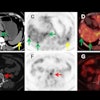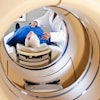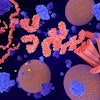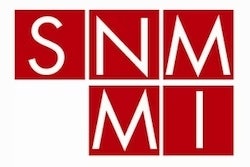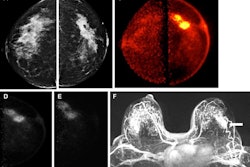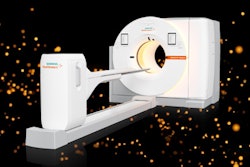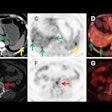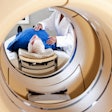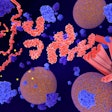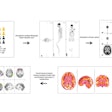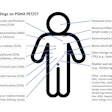A group of experts has issued new appropriate use criteria for technetium-99 (Tc-99m) sestamibi-based gamma camera imaging of the breast.
Published August 26 in the Journal of Nuclear Medicine Technology, the criteria were developed by a workgroup of 10 experts convened by the Society of Nuclear Medicine and Molecular Imaging (SNMMI) and included representatives from the American College of Radiology (ACR), the American College of Nuclear Medicine (ACNM), the Society of Breast Imaging (SBI), the American Society of Breast Surgeons (ASBS), the American Society of Clinical Oncology (ASCO), and the European Association of Nuclear Medicine (EANM).
“Breast scintigraphy with Tc-99m sestamibi has evolved remarkably since its inception more than two decades ago," wrote lead author Elizabeth Dibble, MD, of Brown University in Providence, RI, and colleagues. "Initially termed breast-specific gamma imaging (BSGI), the technology has advanced to allow for high-resolution, low-dose imaging with dedicated breast imaging gamma camera systems."
According to the researchers, the most appropriate uses of molecular breast imaging are as follows:
- Supplemental screening after mammography in women with dense breasts at average or intermediate risk of breast cancer
- Supplemental screening after mammography in women with dense breasts at high risk of breast cancer
- Neoadjuvant therapy response monitoring
- Molecular breast imaging-guided biopsy
In addition, despite less robust scientific evidence, the workgroup determined that the following clinical scenarios may also be appropriate for molecular breast imaging:
- Supplemental screening after mammography in women with nondense breasts at high risk of breast cancer
- Supplemental screening/surveillance in patients with a history of breast cancer
- Initial staging and evaluation of local tumor extent in a new diagnosis of breast cancer
- Unknown primary breast cancer
- Clinically suspicious findings (e.g., bloody nipple discharge) with negative mammogram and ultrasound results
- Mammograms with technical limitations (e.g., free silicone injection, prior therapy, postradiation fibrosis)
- Addressing indeterminate findings on a mammogram or ultrasound
- Adding information to manage discordant biopsy results
Implementing appropriate use criteria in clinical practice can assist healthcare providers in selecting appropriate advanced imaging techniques in various clinical scenarios, Dibble and colleagues noted.
The full article is available here.

